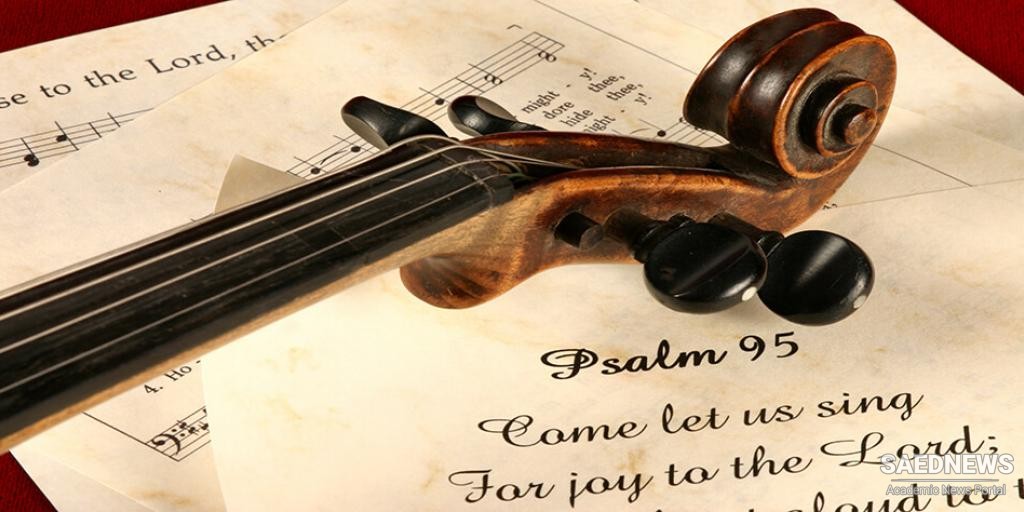The Frankish assimilation of Roman Chant lasted fully a century, from at least 750 until after 850. It is possible that by 750 some Northern churches were already replacing the old local practices (about which we know next to nothing) with Roman ones, in response to local demand. In such cases the official acts of Pippin III merely ratified an accomplished fact. In other Northern churches old local practices persisted in defiance of imperial decree well past 850. But a typical up-to-date establishment, monastery or cathedral, had by 850 probably adopted the Roman rite in its purified Northern form, including the mass propers— introits, graduals, alleluias (or tracts), offertories, and communions, probably also certain tones for lessons, prayers, and psalms—and antiphons and responsories for the offices. The Roman rite, however, had come North in such an abstract, abbreviated form that for everyday parish or monastic use it had to be extensively supplemented. The typical Northern establishment found it necessary to surround the Roman core with a steadily increasing amount of new ritual and chant, borrowed from near or far, adapted from the past, or just plain invented. New ideas both for texts and music continued to come from the South, from Milan, from Spain, from Byzantium. These importations tended, however, to be isolated, and external in nature. The real development of Northern music depended upon the assimilation of these exotic ideas by Northerners. Paradoxical as it may seem, the Northern thirst for outside artistic stimulation—first the Roman chant, then other elements—was the first symptom of a strong creative urge soon to manifest itself in specifically Northern forms. One of the first, most energetic Northern forms was a set of acclamations called laudes. One version, set down close to the year 795, is an order of acclamations specifically to greet the king, Charlemagne; other versions existed, or soon came to exist, to greet bishops upon official visits to churches or monasteries. These acclamations were modeled on imperial ceremonies, both pagan and Christian, of Rome and Byzantium; but Frankish hands fashioned a Frankish version so new it had to be specially imported to Rome to greet Charlemagne on his visit there in 800 to be crowned emperor.


 Musical Understanding of Ancient People
Musical Understanding of Ancient People














































